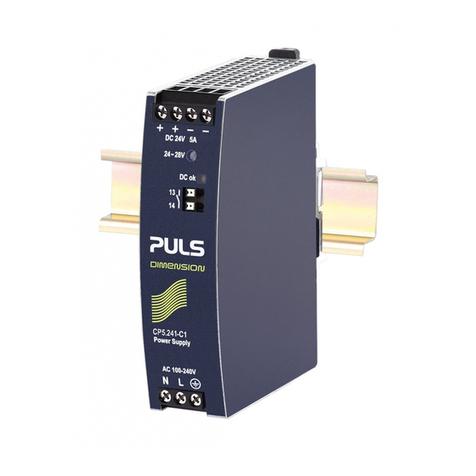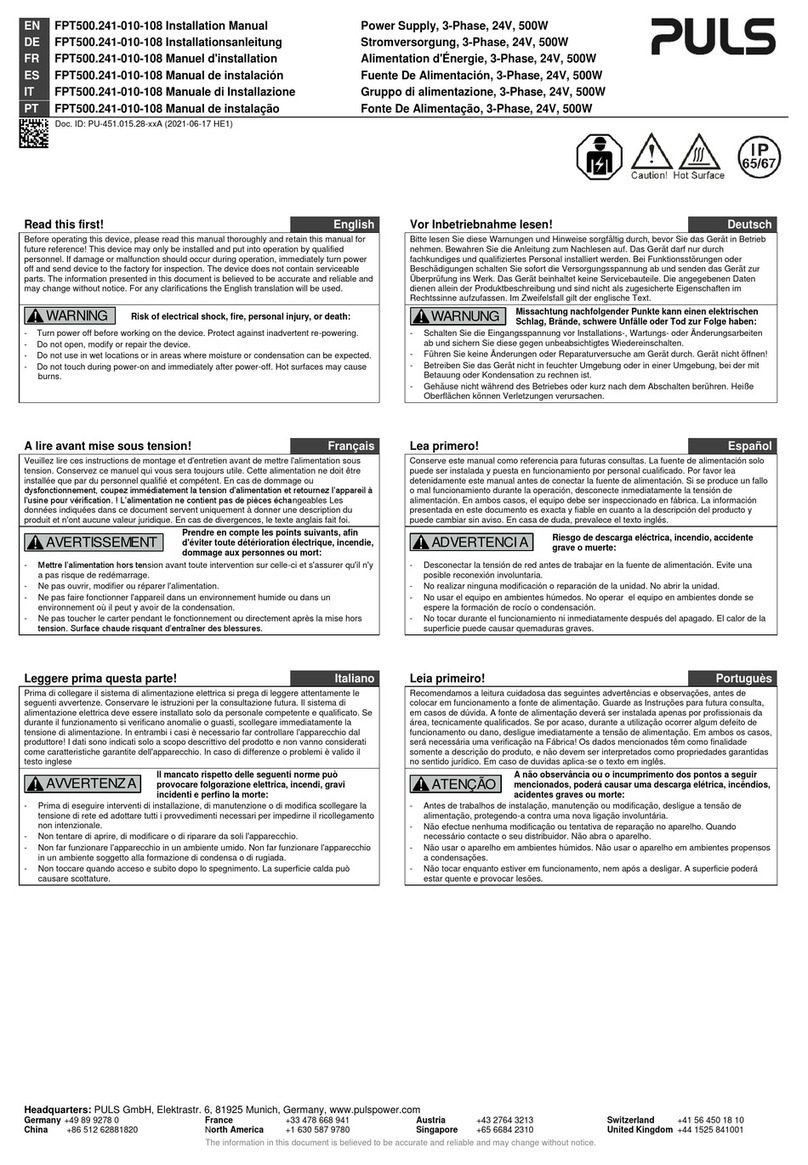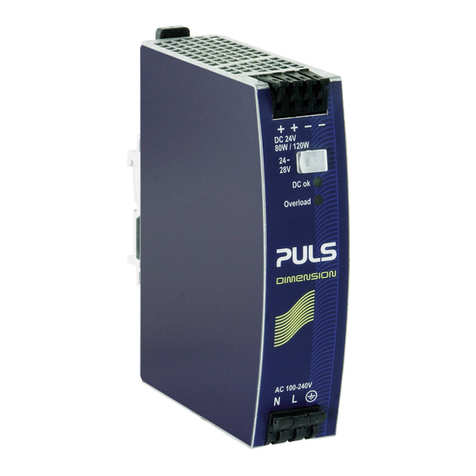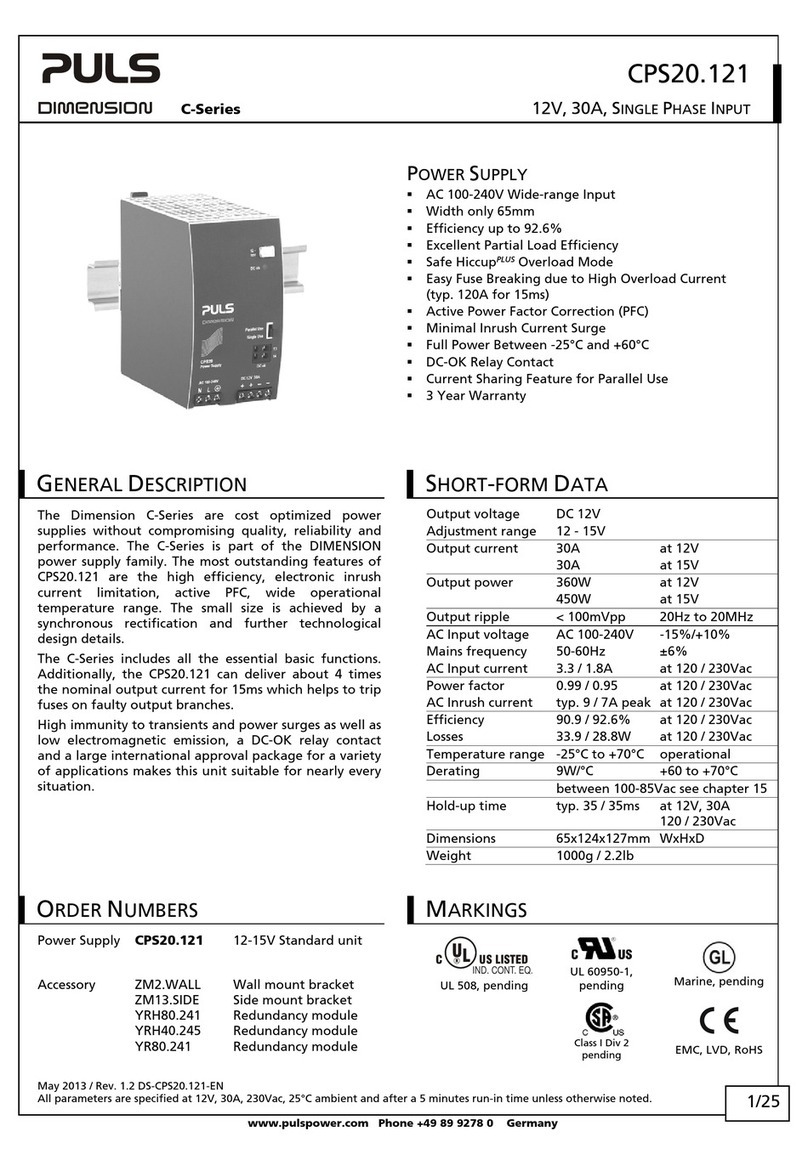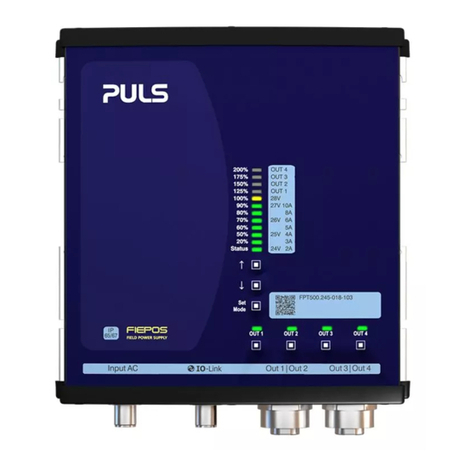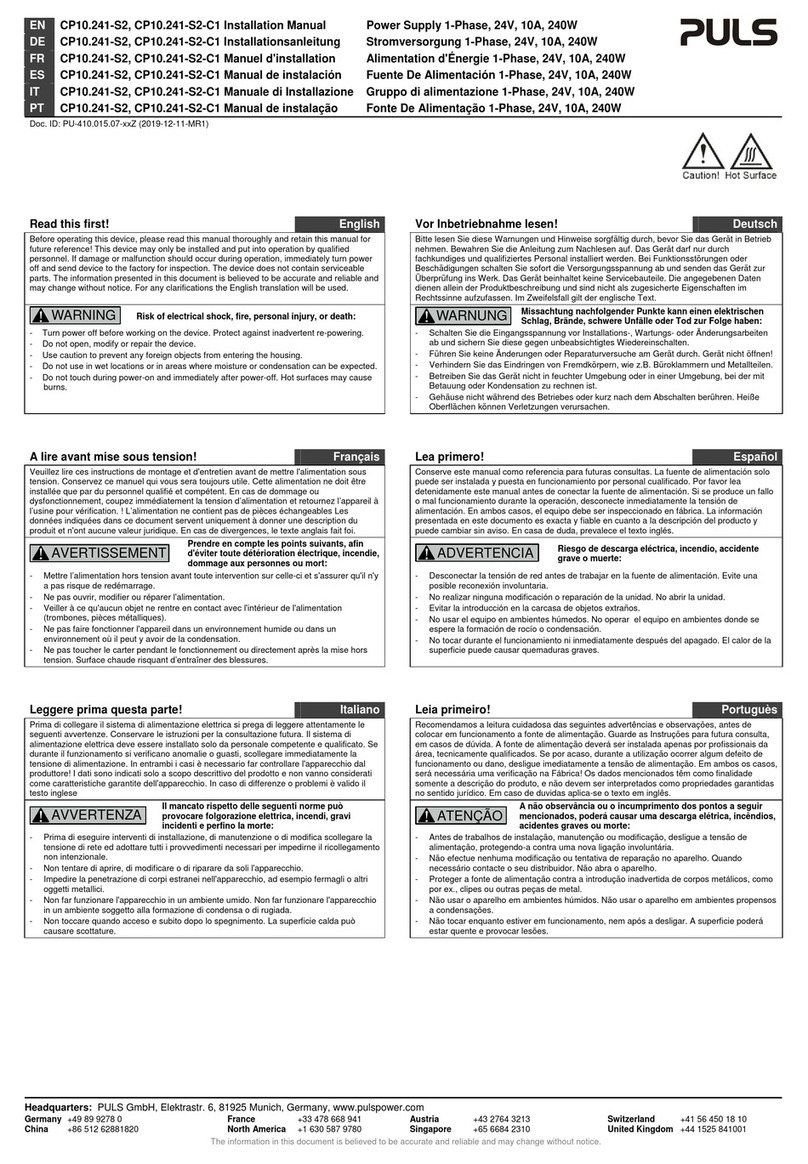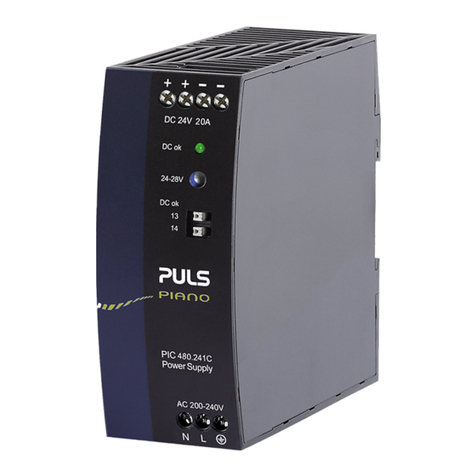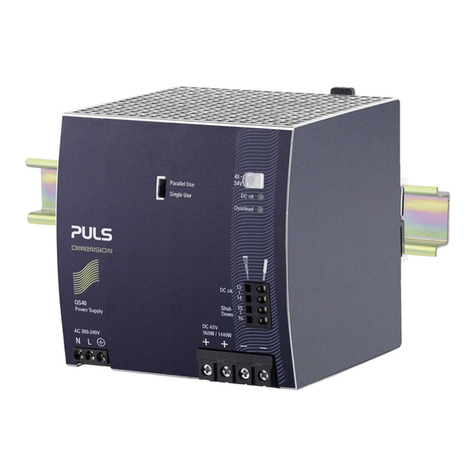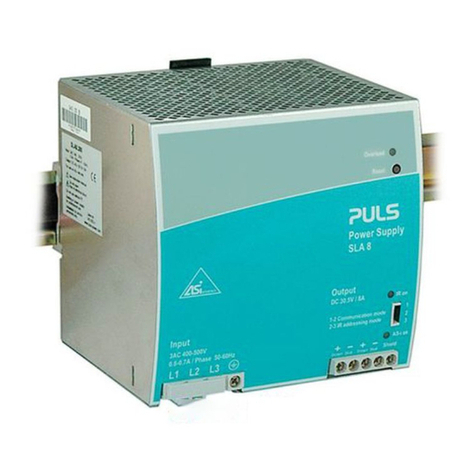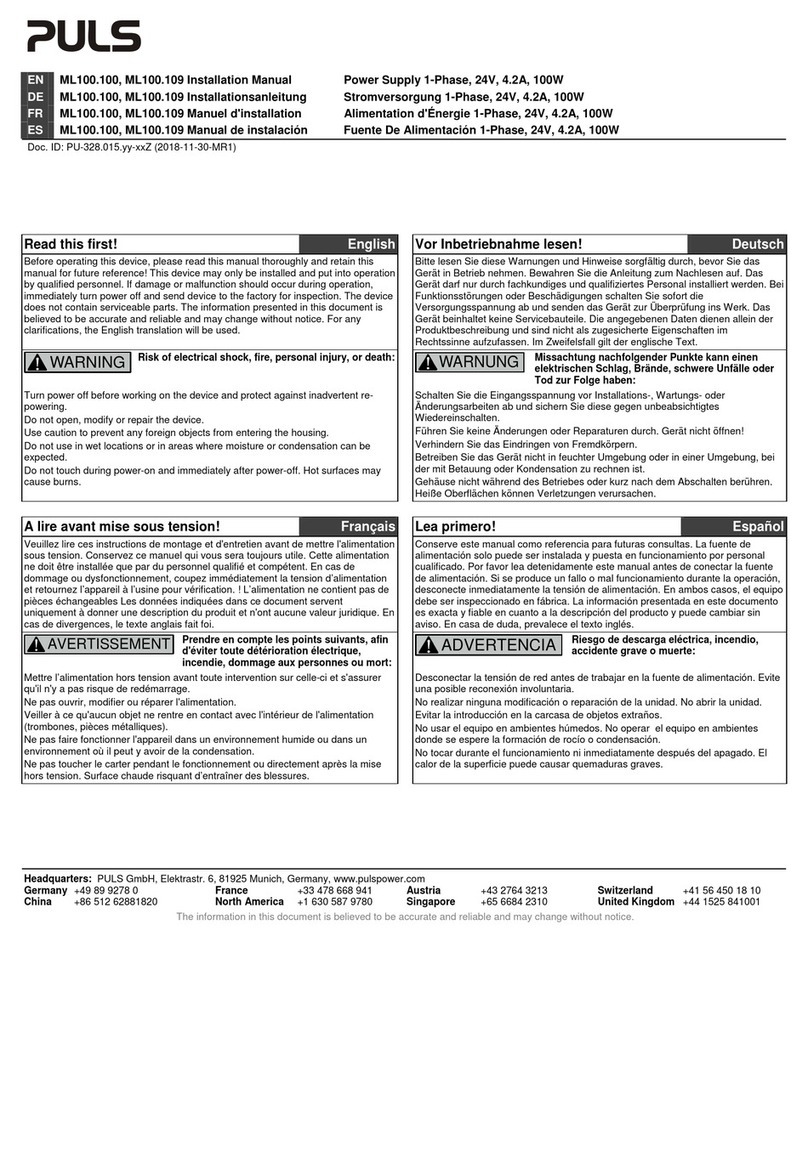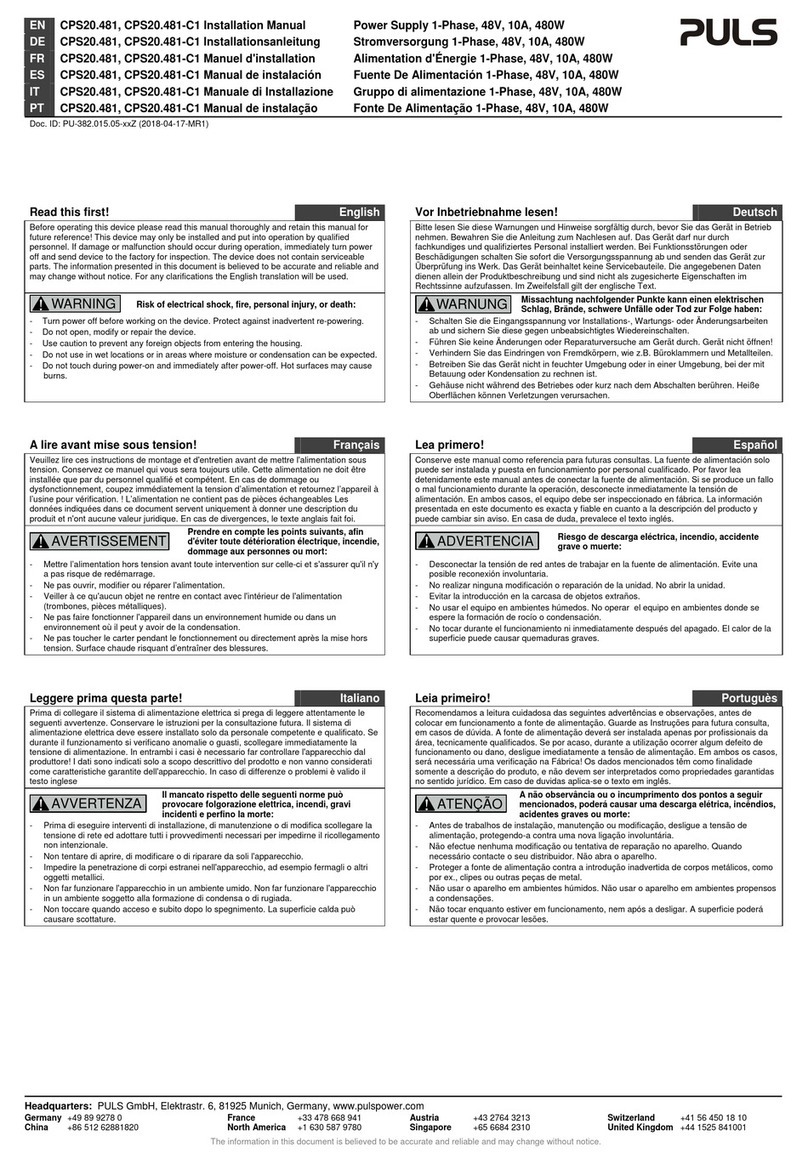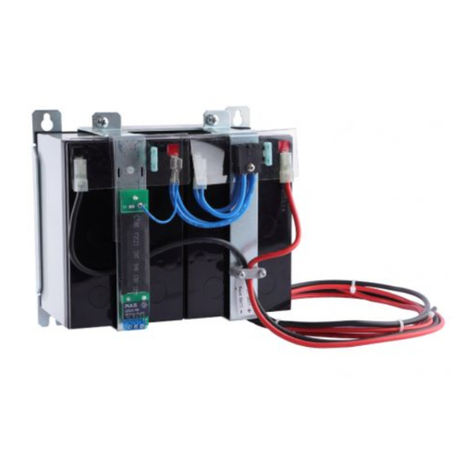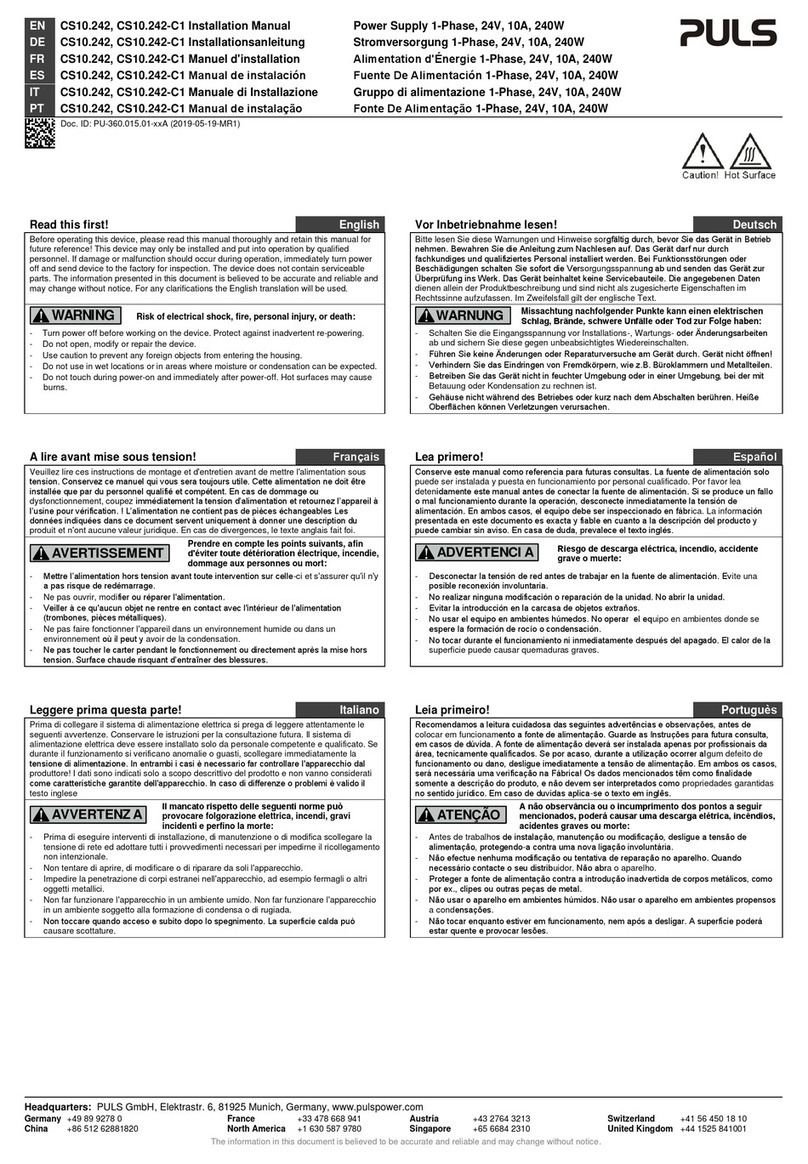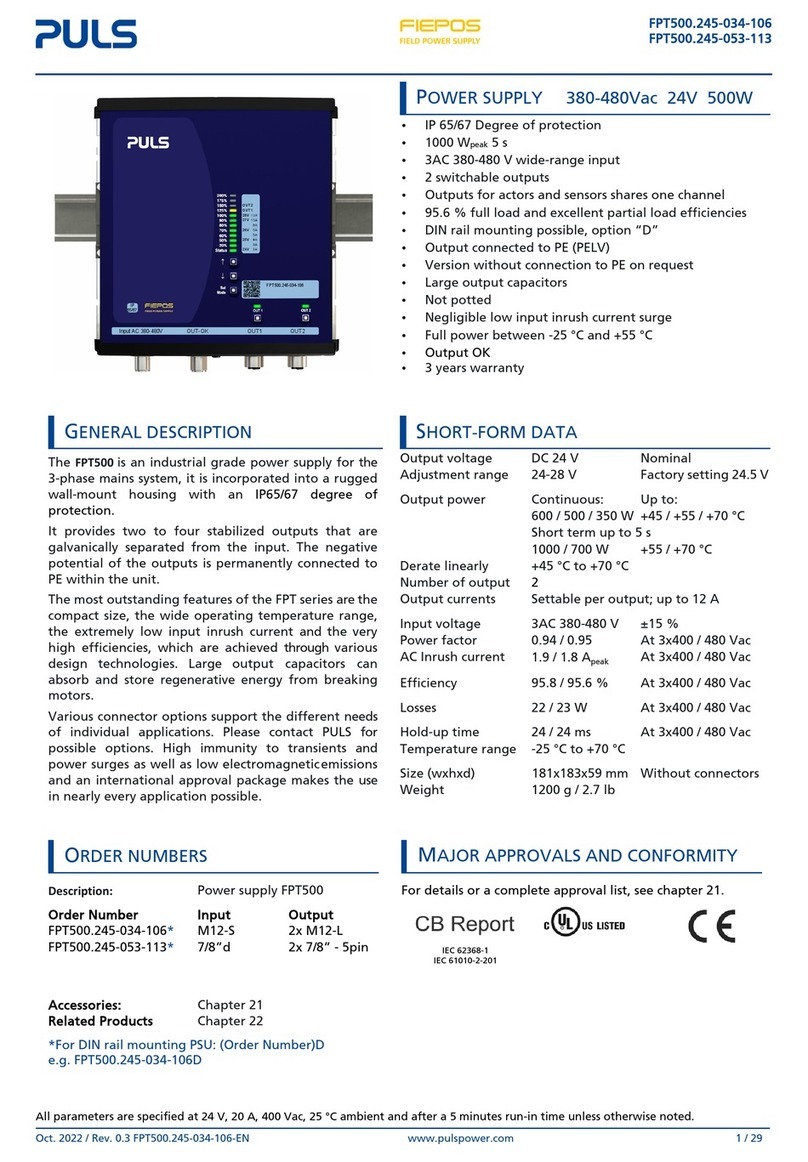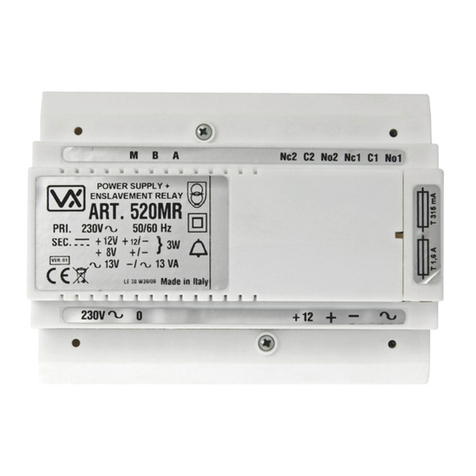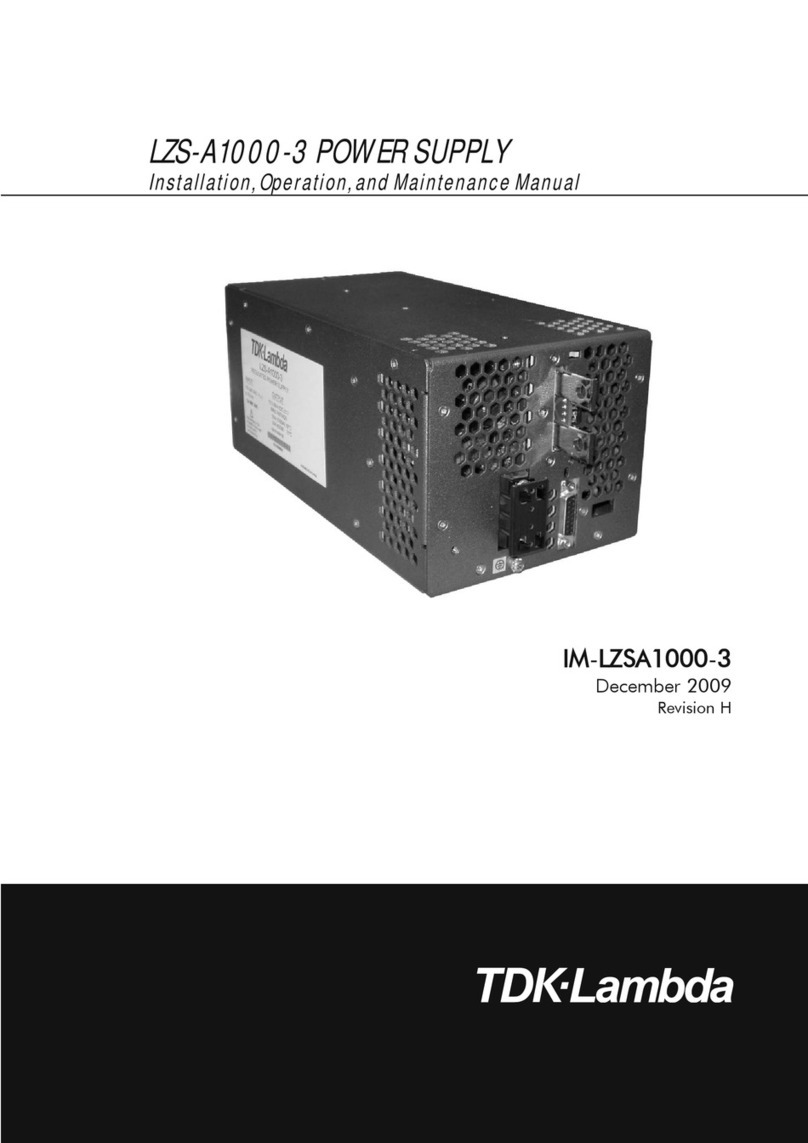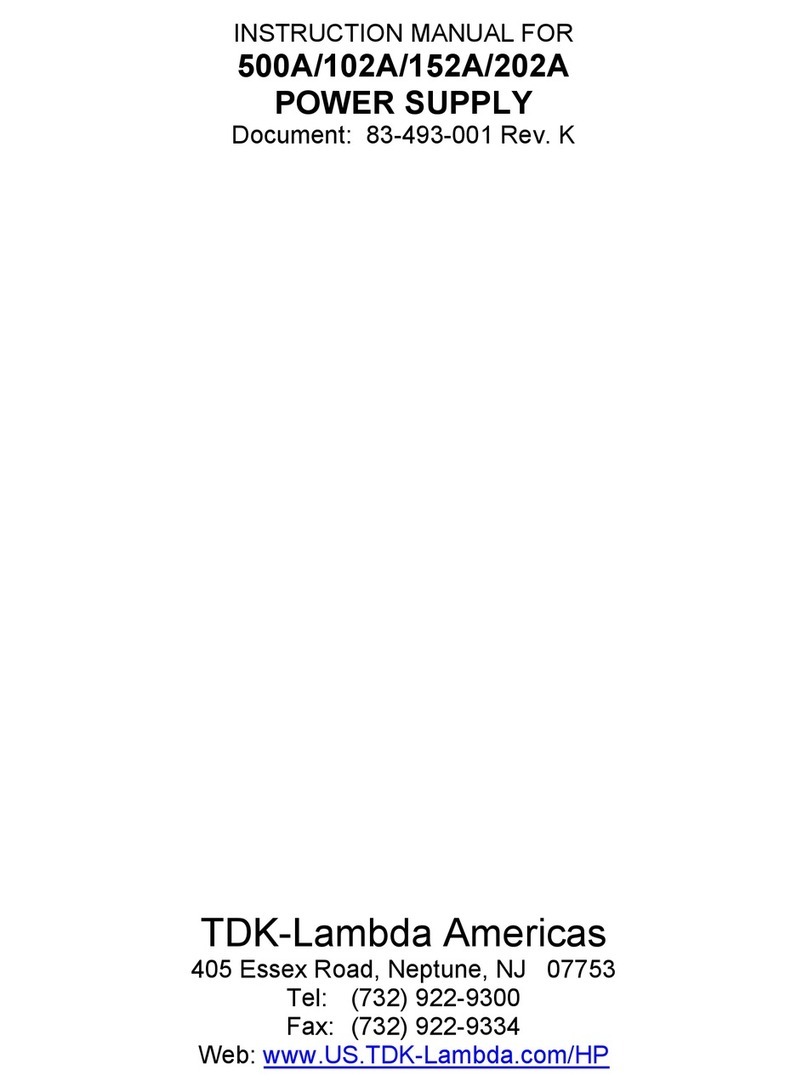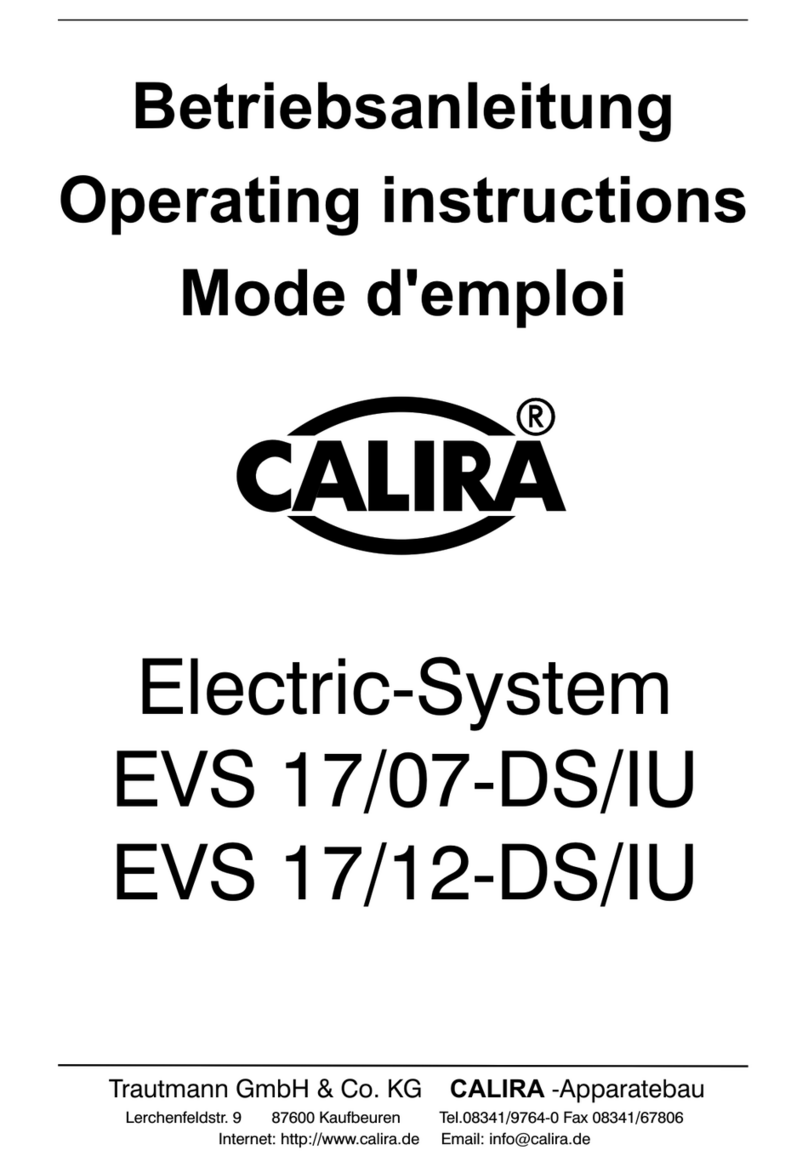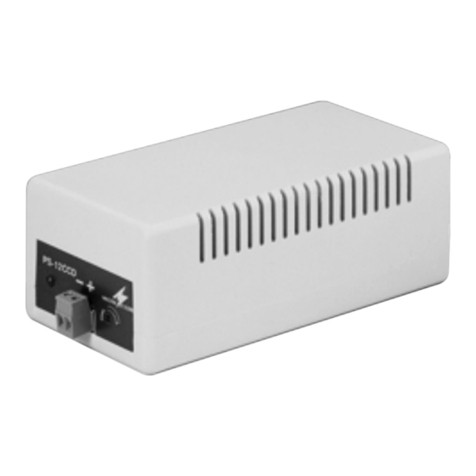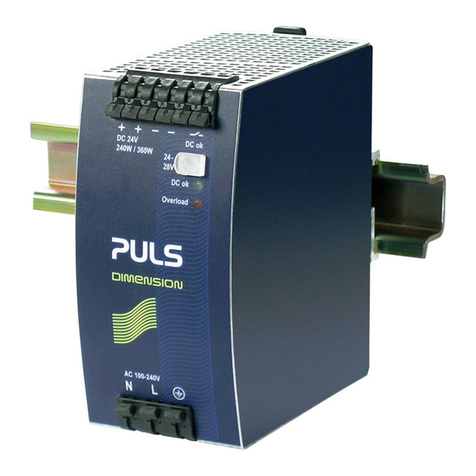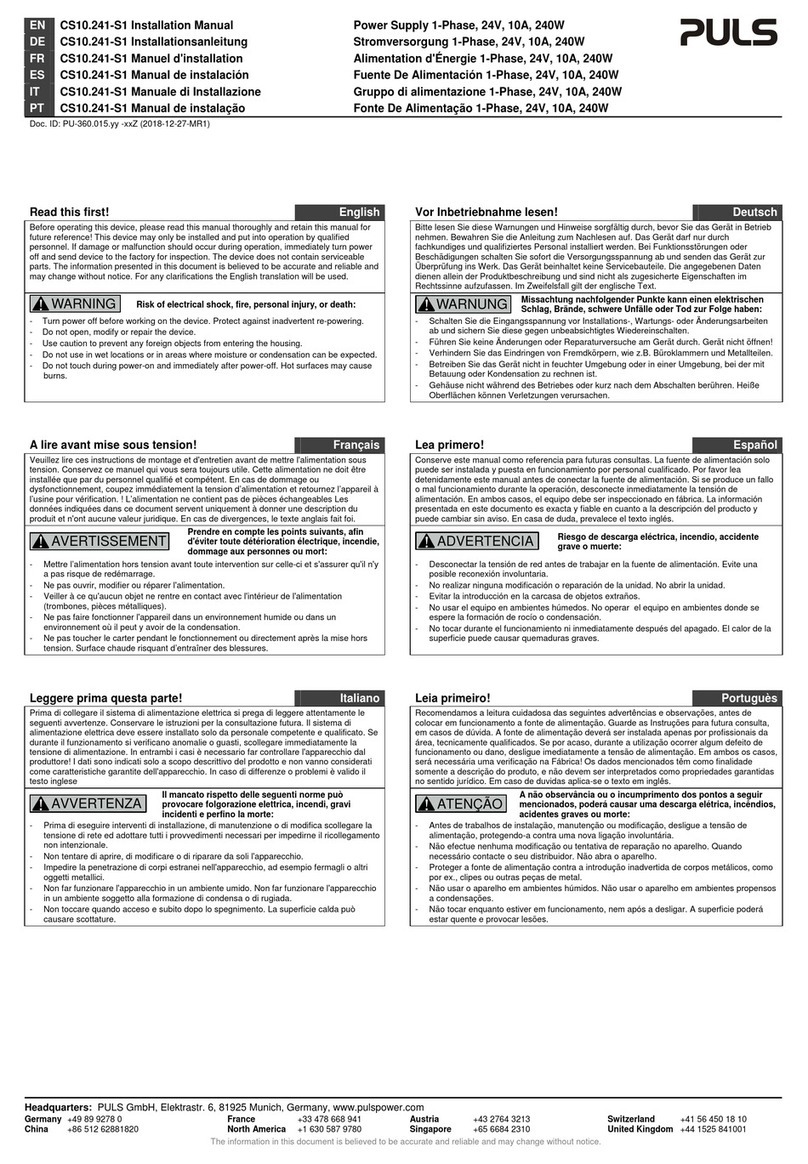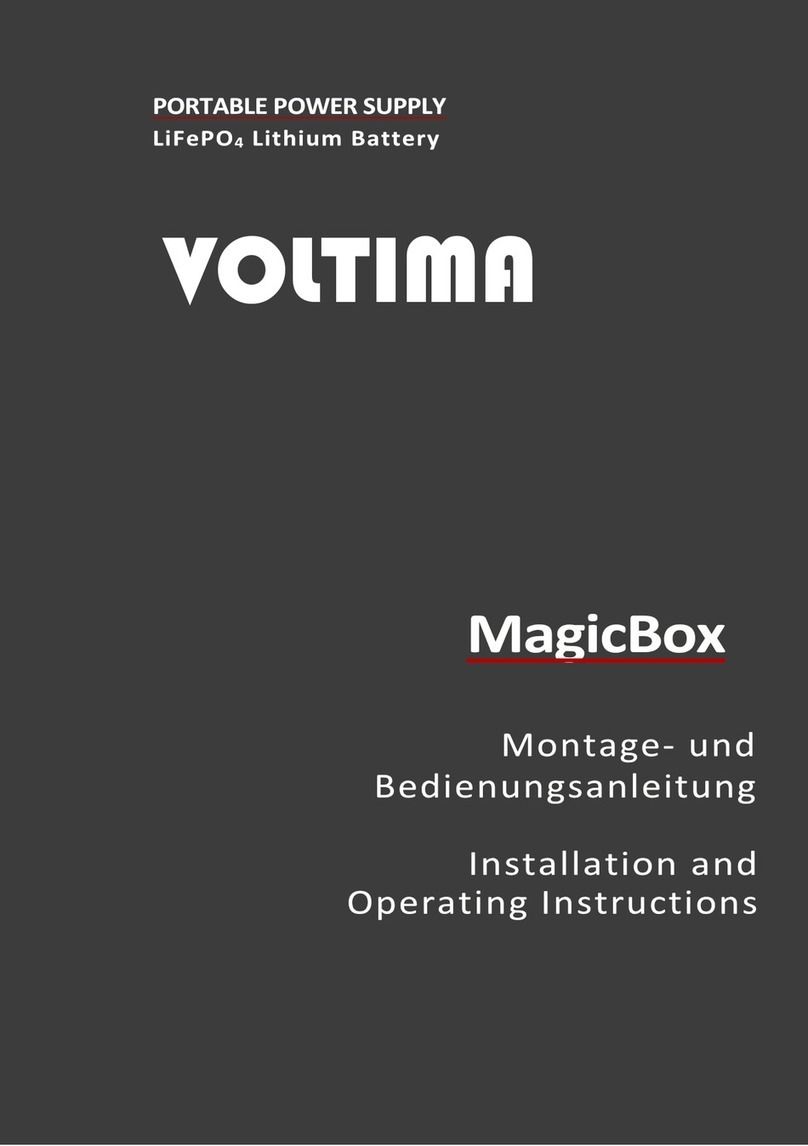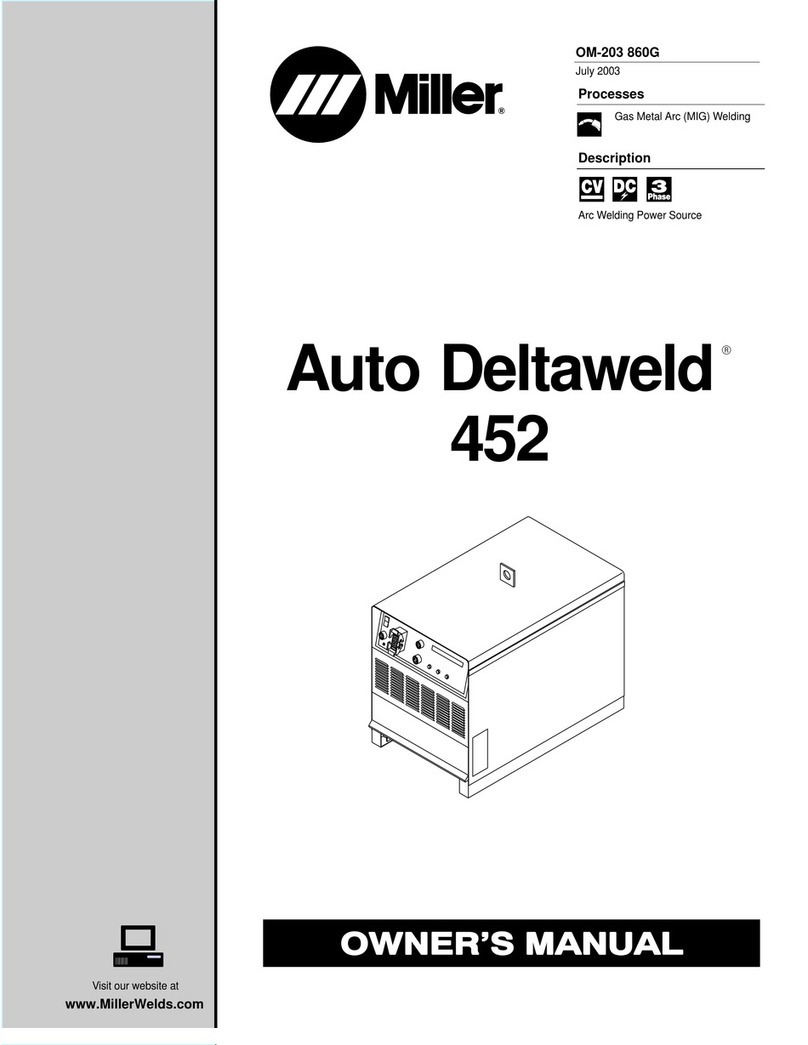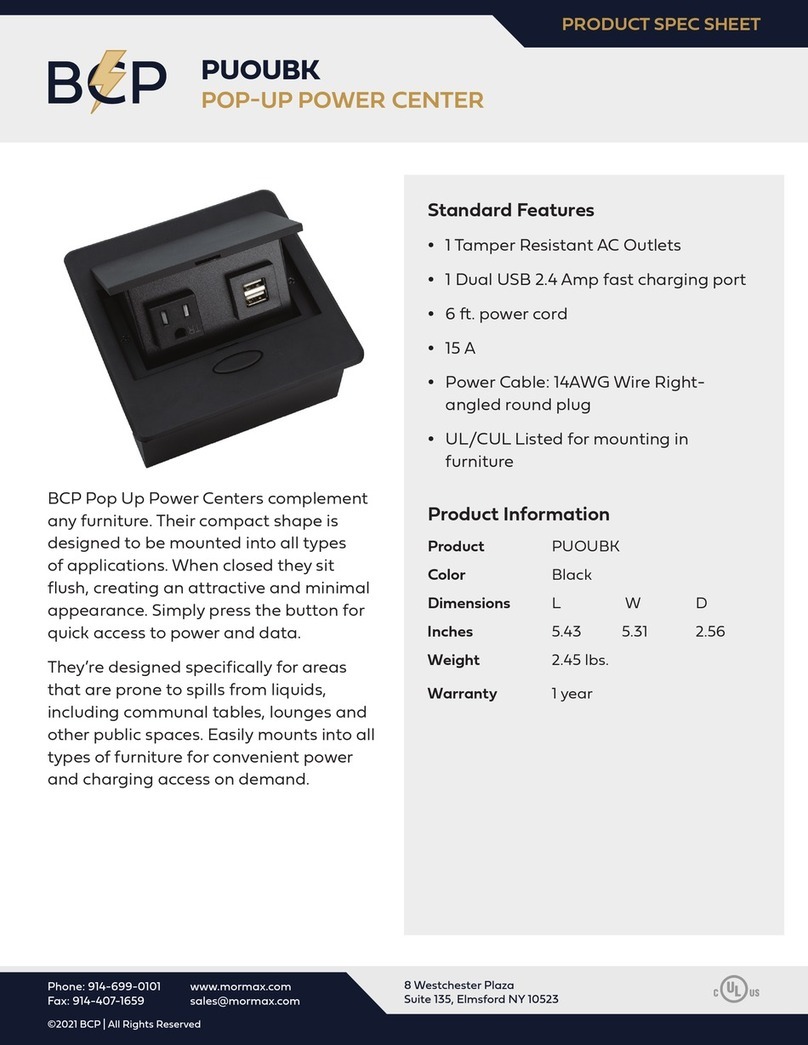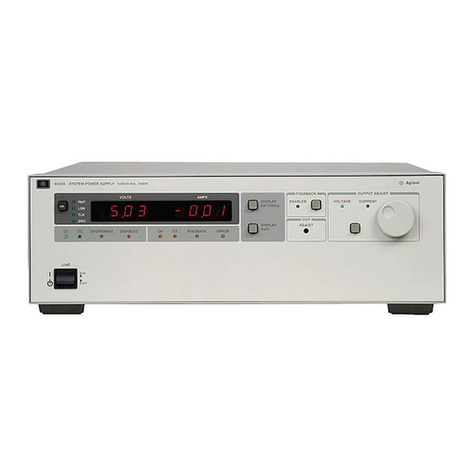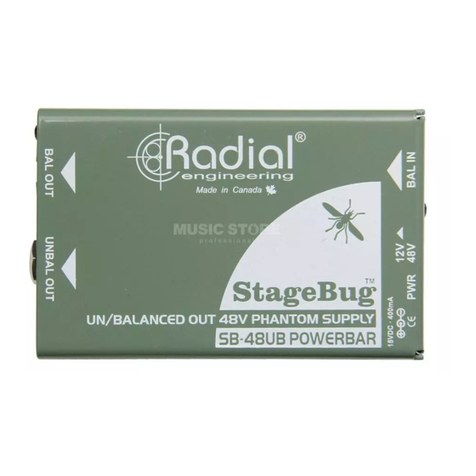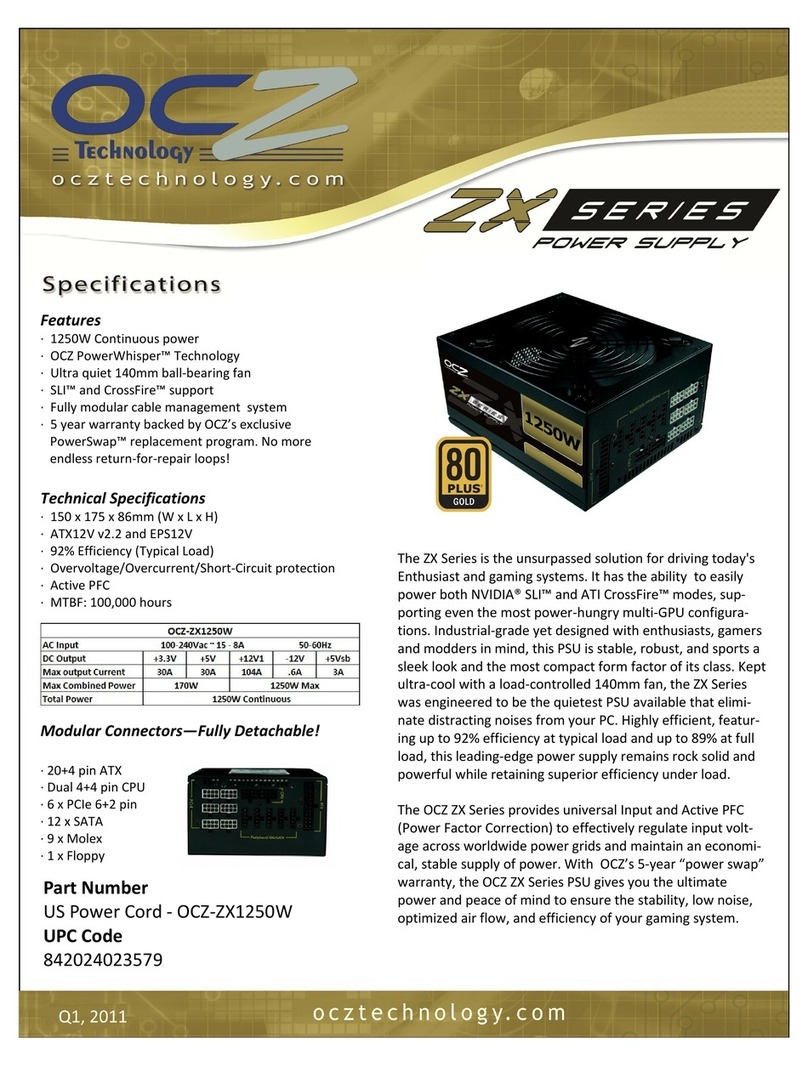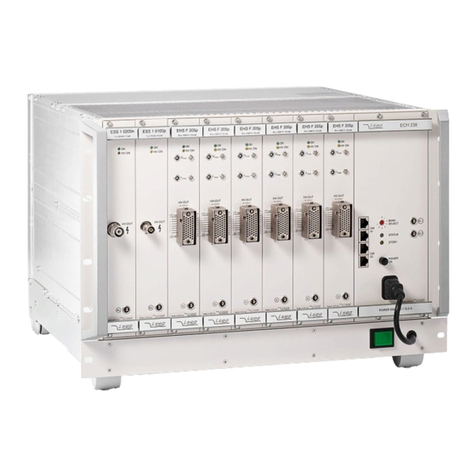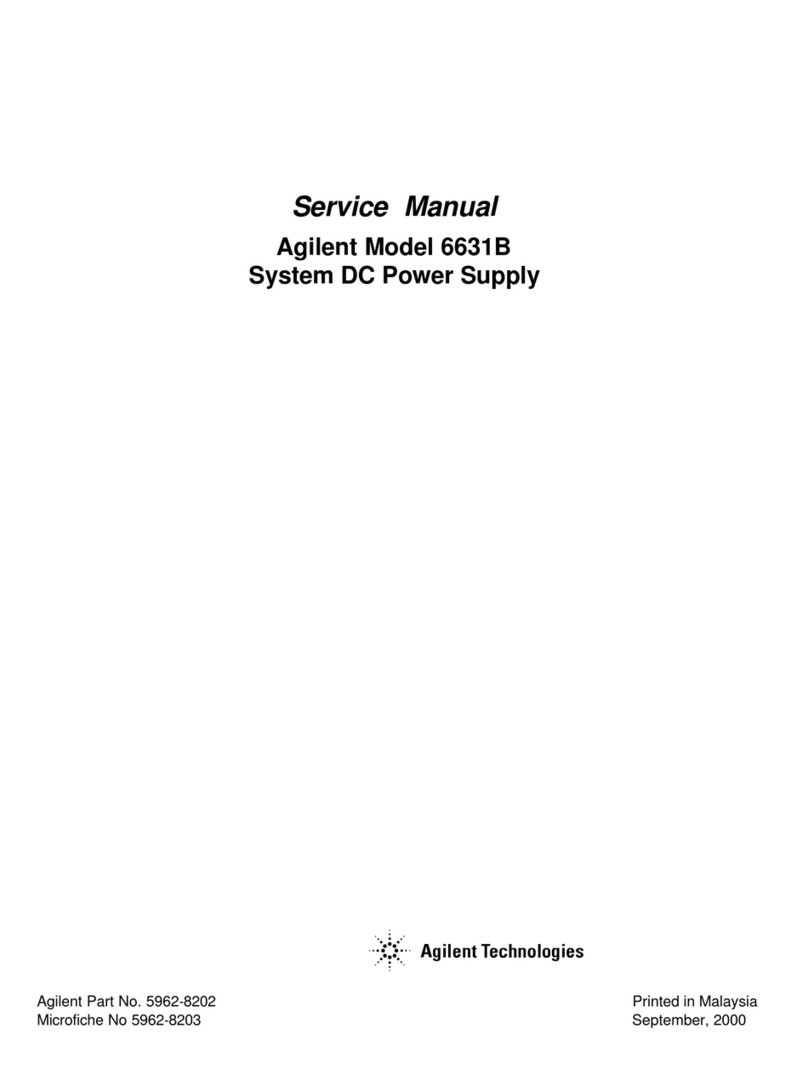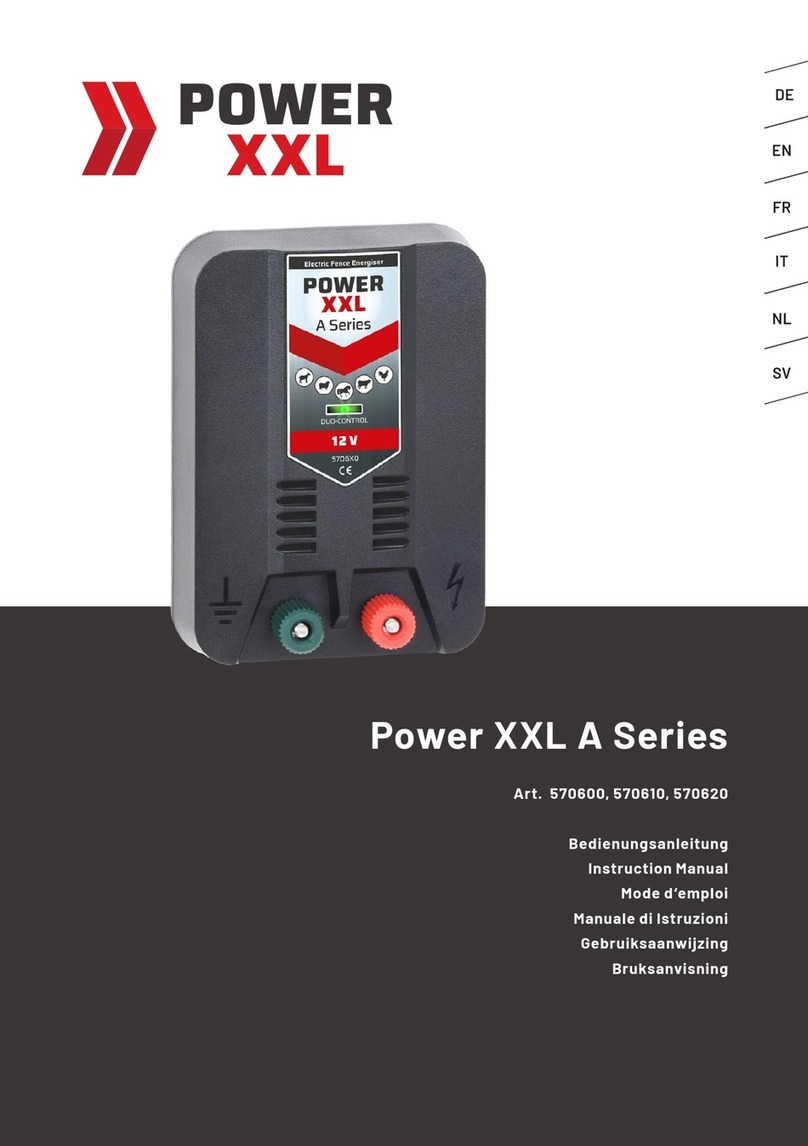Risk of electrical shock, fire, personal injury or death.
- Turn power off before working on the device. Protect against inadvertent re-powering.
- Do not modify or repair the unit.
- Do not open the unit as high voltages are present inside.
- Use caution to prevent any foreign objects from entering the housing.
- Do not use in wet locations or in areas where moisture or condensation can be expected.
- Do not touch during power-on, and immediately after power-off. Hot surfaces may cause burns.
Obey the following installation instructions:
This device may only be installed and put into operation by qualified personnel.
This device does not contain serviceable parts. The tripping of an internal fuse is caused by an internal defect.
If damage or malfunction should occur during installation or operation, immediately turn power off and send unit to the factory for
inspection.
Install the device in an enclosure providing protection against electrical, mechanical and fire hazards.
Install the device onto a DIN-rail according to EN 60715 with the input terminals on the bottom of the device. Other mounting
orientations require a reduction in output current.
Make sure that the wiring is correct by following all local and national codes. Use appropriate copper cables that are designed for a
minimum operating temperature of 60°C for ambient temperatures up to +45°C, 75°C for ambient temperatures up to +60°C and 90°C
for ambient temperatures up to +70°C. Ensure that all strands of a stranded wire enter the terminal connection.
Unused screw terminals should be securely tightened.
The device is designed for pollution degree 2 areas in controlled environments. No condensation or frost is allowed.
The enclosure of the device provides a degree of protection of IP20.
The isolation of the device is designed to withstand impulse voltages of overvoltage category III according to IEC 60664-1. Above 2000m
the overvoltage category is reduced to level II.
The device is designed as “Class of Protection I” equipment according to IEC 61140.
Do not use without a proper PE (Protective Earth) connection. Use the terminal on the input block for earth connection and not one of
the screws on the housing.
The device is suitable to be supplied from TN-, TT- and IT mains networks. The voltage between the L or N terminal and the PE terminal
must not exceed 300Vac continuously.
The input can also be powered from batteries or similar DC sources. The voltage between the input terminal and the PE terminal must
not exceed 375Vdc continuously.
A disconnecting means shall be provided for the input of the device.
The device is designed for convection cooling and does not require an external fan. Do not obstruct airflow and do not cover ventilation
grid!
The device is designed for altitudes up to 6000m (19685ft). See additional requirements in this document for use above 2000m (6560ft).
Keep the following minimum installation clearances: 40mm on top, 20mm on the bottom, 5mm left and right side. Increase the 5mm to
15mm in case the adjacent device is a heat source. When the device is permanently loaded with less than 50%, the 5mm can be reduced
to zero.
The device is designed, tested and approved for branch circuits up to 32A (IEC) and 30A (UL) without additional protection device. If an
external fuse is utilized, do not use circuit breakers smaller than 10A B- or C-Characteristic to avoid a nuisance tripping of the circuit
breaker.
The maximum surrounding air temperature is +70°C (+158°F). The operational temperature is the same as the ambient or surrounding
air temperature and is defined 2cm below the device.
The device is designed to operate in areas between 5% and 95% relative humidity.
